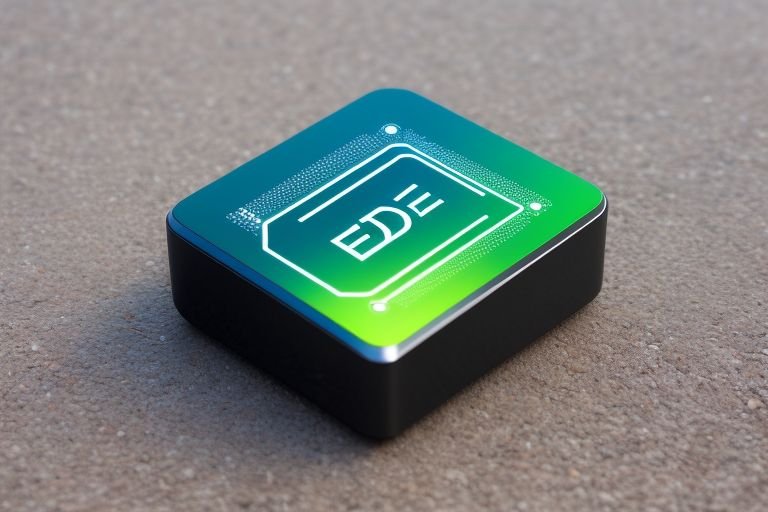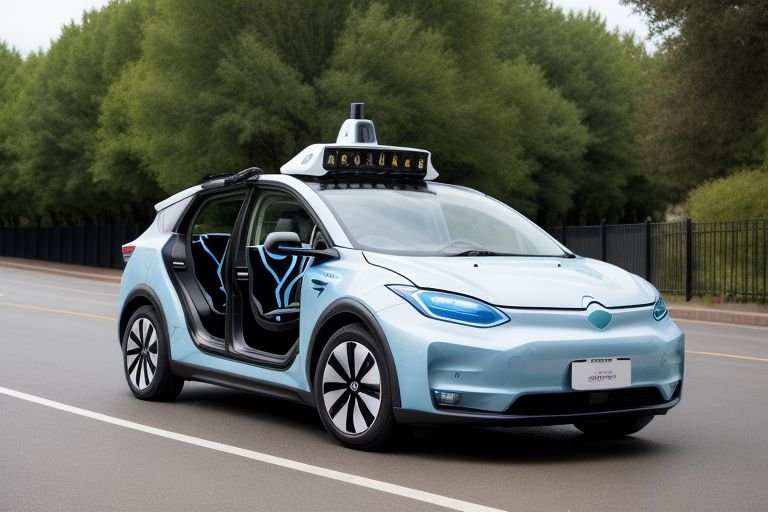Edge computing represents a transformative approach to data processing, reshaping how information is handled across various industries and applications. At its core, edge computing brings computational power and data storage closer to the location where data is generated, rather than relying solely on centralized data centers or cloud-based services. This paradigm shift offers numerous benefits, including reduced latency, improved bandwidth usage, enhanced privacy, and the ability to provide real-time processing capabilities for critical applications.
Key Characteristics of Edge Computing
- Proximity to Data Sources: Edge computing devices are deployed in close physical proximity to IoT devices or data sources. This proximity enables faster processing of data as it reduces the distance data must travel between the source and the processing unit.
- Reduced Latency: By processing data locally, edge computing significantly cuts down on the delay (latency) in data processing. This is crucial for applications requiring real-time decision-making, such as autonomous vehicles, smart grids, and real-time analytics in financial services.
- Bandwidth Efficiency: Transferring large volumes of data to the cloud can consume substantial bandwidth. Edge computing alleviates this issue by processing data locally, thereby reducing the need for constant, high-volume data transmission to distant data centers.
- Enhanced Security and Privacy: Processing data locally can enhance data security and privacy by minimizing the exposure of sensitive information to external networks and central repositories. This is particularly important in industries like healthcare and finance, where data privacy is paramount.
- Scalability and Flexibility: Edge computing allows organizations to scale their computing resources by adding more edge devices, offering flexibility in managing computational demands. This scalability is beneficial for fluctuating workloads and expanding IoT environments.
Applications of Edge Computing
- Smart Cities: Edge computing supports smart city initiatives by enabling real-time processing for traffic management, public safety monitoring, and energy distribution, improving city services and livability.
- Industrial IoT (IIoT): In manufacturing and industrial settings, edge computing facilitates real-time monitoring and control of machinery, predictive maintenance, and operational efficiency through local data analysis.
- Healthcare: Edge computing aids in remote patient monitoring by quickly processing patient data at the source, enabling timely interventions and reducing the strain on centralized hospital systems.
- Retail: In the retail sector, edge computing enhances customer experiences through personalized in-store offers, inventory management, and checkout process optimizations, all processed locally for immediate action.
- Autonomous Vehicles: For autonomous vehicles, edge computing is essential for processing vast amounts of sensor data in real time, crucial for navigation, safety, and vehicle communication.
Challenges and Considerations
Despite its advantages, edge computing also presents challenges, including the need for robust security measures to protect distributed computing nodes, the complexity of managing and integrating a vast number of edge devices, and ensuring the reliability and resilience of edge computing infrastructure.
Moreover, the development and deployment of edge computing solutions require a careful balance between computational power available at the edge and the necessity to transmit certain data to centralized data centers or clouds for further analysis or storage.
Conclusion
Edge computing marks a significant evolution in how data is processed and managed, offering a more efficient, secure, and responsive framework for handling the exponential growth of data generated by IoT devices and other digital technologies. As it continues to evolve, edge computing will play a crucial role in enabling the next generation of smart applications and services across various sectors.



